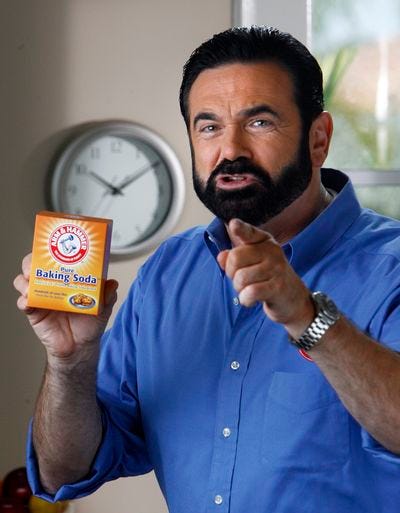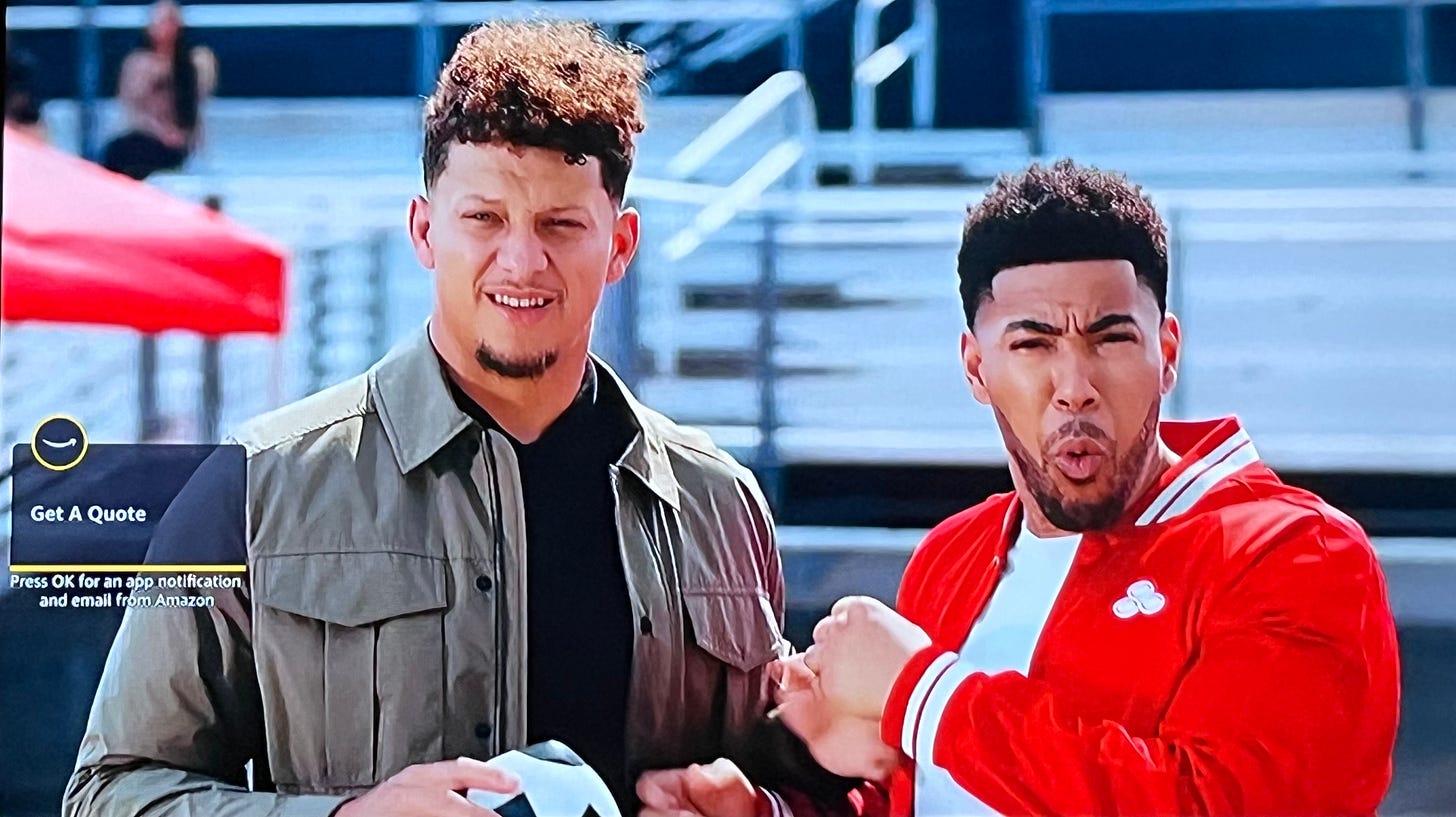Direct response TV ads have been around forever - Billy Mays here!
But now advertisers are changing the way direct response TV ads look. Gone are the days of traditional direct-response ads with aggressive calls to action and 30 minute long demos.
TV advertising used to be a completely separate channel from traditional direct response ads. It has always been a brand awareness play.
But, Amazon and other services are changing that.
Let’s look at the most expensive TV advertising inventory: the Super Bowl. Companies only invest in a Super Bowl ad when the rest of their business is ready to scale. Because they know it will bring eyes to the business, not direct sales.
Wanamaker’s famous quip “Half the money I spend on advertising is wasted; the trouble is I don't know which half” was true until the 21st century when PPC began to dominate advertising.
What seems like such an obvious innovation today was once groundbreaking.
“The Search” was written in 2005 by John Battelle about how Google and its competition shaped the online advertising market. The book was written shortly after Google’s IPO, but as we know today that was just the beginning of the story.
In the book, Pay-per-click advertising was a revelation. Previously a CPM rate card was the only way to look at ad sales. Even Google used a CPM model when they launched AdWords… which is laughable today.
So who invented PPC advertising? When Bill T. Gross launched GoTo/Overture they introduced a PPC model that changed digital advertising forever. Google would soon adopt this business model and face legal trouble pre-IPO because of it.
The PPC model is effective in intent-based advertising channels.
Television is not intent-based. The only intent I have is to sit down and watch my entertainment.
As an advertiser, how do you feel about Amazon including an Amazon-branded CTA on your ad? By the looks of it, Geico, State Farm, and a few others have agreed to try out the new click-through strategy.
On one hand, they are helping because users can quickly learn more about your product. However, on the other hand, they are imposing their brand and logo onto a placement you paid for.
We all know nobody wants TV ads. In a perfect world Amazon would keep our television show rolling, or in the example of their Thursday Night football games, the entertainment would continue with a talking panel or on-field interviews.
But of course, this can’t happen. Advertising makes the world go round, especially TV.
I think Amazon found a creative way to get their logo on advertising they didn’t pay for.
I don’t believe anybody will pick up the remote and click OK to learn more.
Even if someone wanted to learn more, wouldn’t they just Google the product on the computer in their pocket? Surely that would be easier than surfing the web via the TV remote. And if I wanted to buy the product, do they think I would enter my card or contact information using a TV Remote and that goofy TV Keyboard!?
On top of this, I am watching TV to be entertained, why would I postpone my entertainment to learn more about a product that was forced in front of my face? Especially if it’s a live event like Thursday Night Football.
Of course, Amazon wants to make money and please shareholders, so why not copy what’s working for other companies like Facebook and Google?
Google created an advertising environment where clicks = revenue for its advertisers. And it worked, they are worth more than $2T right now and countless businesses rely on PPC traffic to bring home the bacon.
Facebook has adopted the model as well, it drives great revenue for them. However, advertising innovation is knocking on the door of Meta, and they better let it in. But, that’s a story for another day.
Pinterest is top of funnel in nature. Users go there to explore ideas and options. Recently, Pinterest began exploring lower funnel options as well: Pinterest Performance+
Pinterest has intent data that other platforms do not, so it does make sense. However, I hope Pinterest and its advertisers both understand that Pinterest’s intent data is just the beginning of a long decision-making process.
Advertising is an art that cannot be copied.
Advertising Platforms Need to Understand Their Role.
There are different roles to play in advertising. If all ad units look the same, how can we create effective advertising strategies?
TV advertising is not about clicks or direct sales. It’s a top of funnel marketing channel.
TV ads have long been about brand awareness. When you wanted to sell something on TV you would create an infomercial or a Direct Response TV ad. We now have better channels for direct responses, and as Nike recently proved, we need more than just direct response ads to run a successful business.
The superpower that modern TV ads (OTC / CTV) have does lie within the internet connection, but it is not the ability to click through, it is the targeting ability.
As an advertiser, I still want to use TV ads for brand awareness.
But now, I don’t need to make a full buy to get my brand on the big screen. I can finally target individual households.
As a large advertiser, I can even make different versions of ads for different households or promote different products in areas I know will succeed.
Advertising products need to understand their place in the market. Not every product should be bottom of the funnel. Products need to be top of the funnel, otherwise, we can never get to the bottom of it.
PS: Until TV Advertising can understand your intentions like a search engine (or using data from a search engine) I think they should keep their hands off PPC models.





